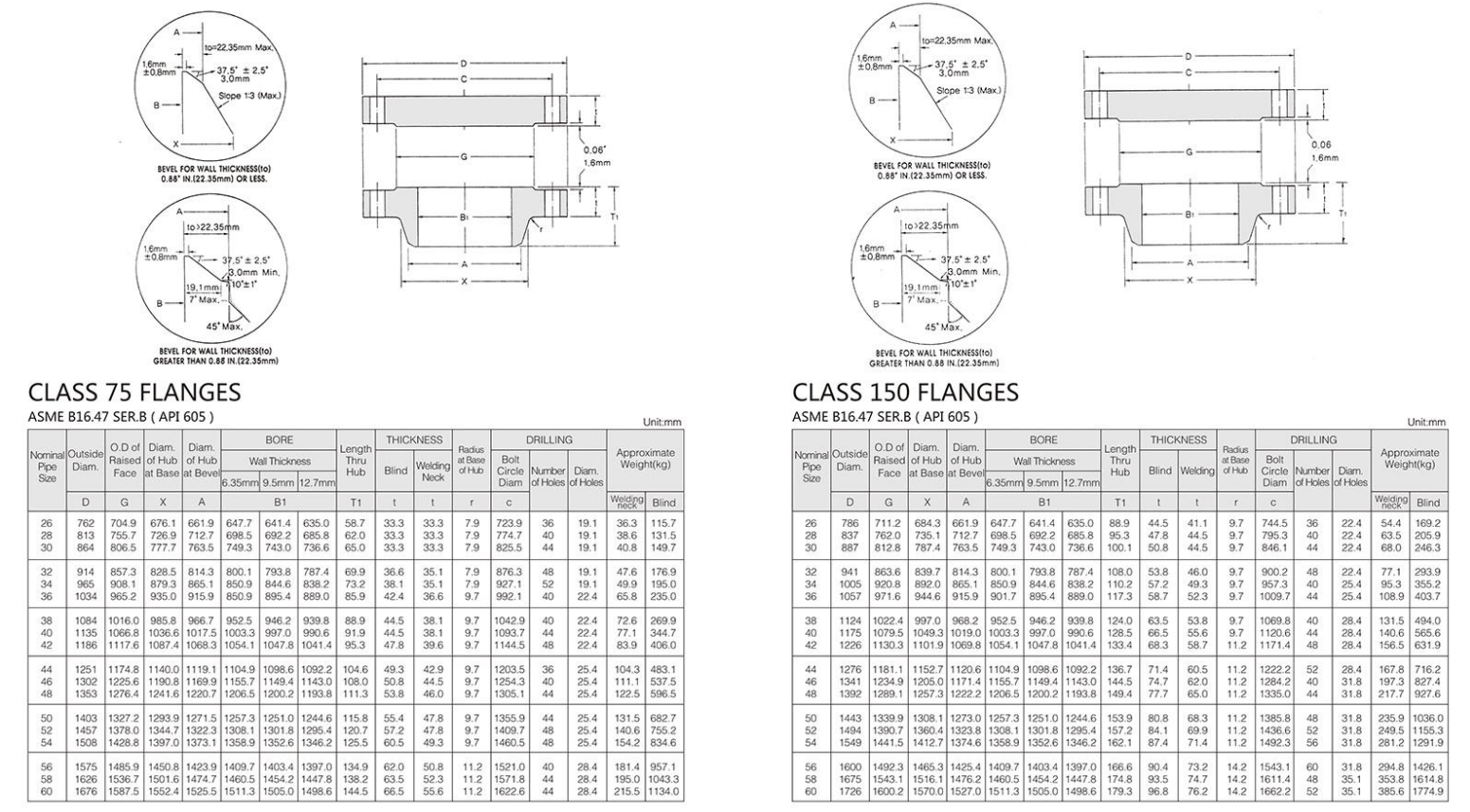-
Cangzhou Yulong Steel Co., Ltd.
-
Phone:
+86 13303177267 -
Email:
admin@ylsteelfittings.com
- English
- Arabic
- Italian
- Spanish
- Portuguese
- German
- kazakh
- Persian
- Greek
- French
- Russian
- Polish
- Thai
- Indonesian
- Vietnamese
- Zulu
- Korean
- Uzbek
- Hindi
- Serbian
- Malay
- Ukrainian
- Gujarati
- Haitian Creole
- hausa
- hawaiian
- Hebrew
- Miao
- Hungarian
- Icelandic
- igbo
- irish
- Japanese
- Javanese
- Kannada
- Khmer
- Rwandese
- Afrikaans
- Albanian
- Amharic
- Armenian
- Azerbaijani
- Basque
- Belarusian
- Bengali
- Bosnian
- Bulgarian
- Catalan
- Cebuano
- China
- China (Taiwan)
- Corsican
- Croatian
- Czech
- Danish
- Esperanto
- Estonian
- Finnish
- Frisian
- Galician
- Georgian
- Kurdish
- Kyrgyz
- Lao
- Latin
- Latvian
- Lithuanian
- Luxembourgish
- Macedonian
- Malgashi
- Malayalam
- Maltese
- Maori
- Marathi
- Mongolian
- Myanmar
- Nepali
- Norwegian
- Norwegian
- Occitan
- Pashto
- Dutch
- Punjabi
- Romanian
- Samoan
- Scottish Gaelic
- Sesotho
- Shona
- Sindhi
- Sinhala
- Slovak
- Slovenian
- Somali
- Sundanese
- Swahili
- Swedish
- Tagalog
- Tajik
- Tamil
- Tatar
- Telugu
- Turkish
- Turkmen
- Urdu
- Uighur
- Welsh
- Bantu
- Yiddish
- Yoruba

Nov . 27, 2024 22:31 Back to list
Techniques and Best Practices for High Pressure Pipe Welding Applications
High Pressure Pipe Welding Techniques, Applications, and Safety
High pressure pipe welding is a critical aspect of many industries, including oil and gas, power generation, and chemical processing. It involves the joining of pipes that will operate under high pressure, ensuring that they can withstand extreme operating conditions. The techniques, materials, and safety considerations involved in high pressure pipe welding are vital for the integrity and durability of the systems being constructed.
Techniques of High Pressure Pipe Welding
Several methods can be employed in high pressure pipe welding, each with specific advantages depending on the application. The most commonly used techniques include
1. GTAW (Gas Tungsten Arc Welding) Also known as TIG (Tungsten Inert Gas) welding, GTAW is favored for its ability to produce high-quality welds with minimal contamination. GTAW is particularly effective for welding high-strength materials and is often used when precision and aesthetics are crucial.
2. GMAW (Gas Metal Arc Welding) Often referred to as MIG (Metal Inert Gas) welding, GMAW is another popular method. This process allows for faster welding speeds and is suitable for thicker pipes. However, it requires skilled operators to ensure proper technique and control over parameters to avoid defects.
3. SMAW (Shielded Metal Arc Welding) Known as stick welding, SMAW is a versatile method widely used in field applications. It is less affected by wind and environmental factors, making it ideal for outdoor situations, albeit with a somewhat lower quality compared to GTAW and GMAW.
4. Submerged Arc Welding (SAW) This technique involves the use of a granular flux that protects the weld pool from contaminants. SAW is particularly efficient for large diameter pipes and is often used in the manufacturing of pressure vessels and tanks.
Selecting the appropriate welding method depends on factors such as material type, pipe diameter, wall thickness, and specific operational requirements.
Applications of High Pressure Pipe Welding
High pressure pipe welding is utilized in various fields, including
high pressure pipe welding

- Oil and Gas The extraction, transportation, and refining of hydrocarbons require robust piping systems capable of withstanding high pressures and corrosive environments. High pressure pipe welding ensures the structural integrity of pipelines that transport crude oil and natural gas from wells to processing facilities.
- Power Generation In power plants, particularly fossil fuel and nuclear facilities, high pressure piping is essential for transferring steam and water. High pressure pipe welding techniques ensure that the welds can handle the extreme temperatures and pressures involved in energy production.
- Chemical Processing Many chemical plant operations involve transferring corrosive substances at high pressures. Specialized welding techniques are necessary to prevent leaks and ensure the safe handling of volatile materials.
Safety Considerations
Given the inherent risks associated with high pressure systems, safety is paramount in high pressure pipe welding. Operators must follow stringent safety standards to mitigate hazards. Key safety practices include
1. Proper Training Welders must be adequately trained in the techniques and processes relevant to high pressure welding, including understanding the materials and the potential risks involved.
2. Personal Protective Equipment (PPE) Operators should don suitable PPE, including helmets, gloves, and clothing designed for welding. Eye protection is especially crucial to shield against UV radiation and flying metal sparks.
3. Inspection and Quality Control Regular inspections of weld quality are essential to identify defects such as cracks, leaks, or incomplete joints. Non-destructive testing (NDT) methods, such as ultrasonic testing or radiographic inspection, are commonly employed.
4. Environment Management The welding environment should be managed to minimize risks, including proper ventilation, equipment placement, and fire safety measures.
In conclusion, high pressure pipe welding is a vital process employed across various industries that rely on robust piping systems. By utilizing the appropriate welding techniques, adhering to safety protocols, and ensuring quality control, industries can maintain the integrity and efficiency of their operations. As technology advances, ongoing training and innovations in welding methods will continue to enhance the field, ensuring safer and more effective high pressure piping solutions.
Latest news
-
ANSI 150P SS304 SO FLANGE
NewsFeb.14,2025
-
ASTM A333GR6 STEEL PIPE
NewsJan.20,2025
-
ANSI B16.5 WELDING NECK FLANGE
NewsJan.15,2026
-
ANSI B16.5 SLIP-ON FLANGE
NewsApr.19,2024
-
SABS 1123 FLANGE
NewsJan.15,2025
-
DIN86044 PLATE FLANGE
NewsApr.19,2024
-
DIN2527 BLIND FLANGE
NewsApr.12,2024
-
JIS B2311 Butt-Welding Fittings LR/SR 45°/90° /180°Seamless/Weld
NewsApr.23,2024











